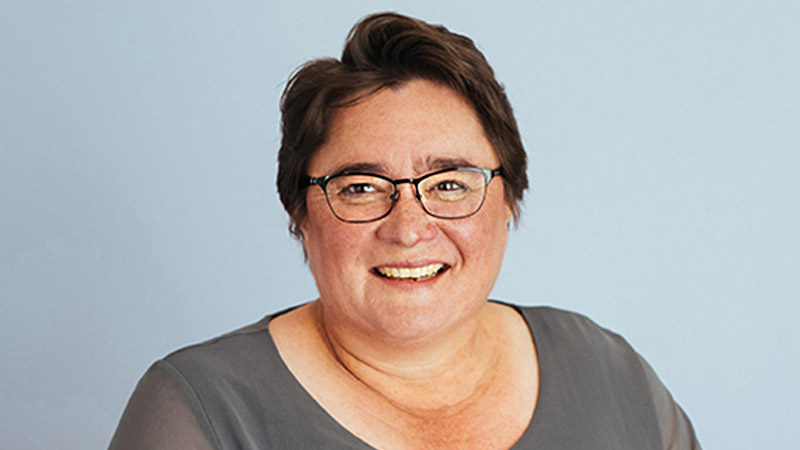Heffron provides tips and traps on recontribution strategies
With recontribution strategies seeing increased popularity ahead of the 1 July changes, Heffron has highlighted some important considerations for clients.
In a recent online article, Heffron SMSF managing director Meg Heffron explained that a recontribution strategy could be an effective way of turning “taxable component” money into a tax-free component for SMSF clients.
Ms Heffron gave the example of Steve, a 68-year-old widower, who has $1 million in super that is all taxable component.
“If he died today, the tax paid by his adult children would be at least $150,000,” Ms Heffron explained.
However, by using a recontribution strategy, Steve may be able to reduce this.
“The first step is to withdraw some of his super – let’s say $330,000. This will obviously draw down on his taxable component, given that’s all he has. But when he puts it back in again, he will be making a contribution from his own money for which he’s not claiming a tax deduction,” she noted.
“That means the money going back in becomes a ‘tax free’ component. If Steve was to die the same day and have the money paid out to his children (via his estate), the tax bill would be much lower at $100,500 (15 per cent x ($1 million - $330,000)) rather than $150,000.”
Ms Heffron said Steve could take additional steps to make the strategy even more effective.
“For a start, Steve can do this more than once. As long as he’s still under 75 in three years’ time, there’s nothing to stop him withdrawing another $330,000 and recontributing it in say July 2025. But there’s a quirk. Unfortunately, if all [of] Steve’s super is in one super account he can’t specifically choose that he only wants to withdraw out of his taxable component. Any payment he takes will be divided proportionately between the two,” she noted.
However, there’s a second step that Steve can take to solve this problem, she explained.
“Let’s go back to the first recontribution. Before Steve puts the $330,000 back in, he could make sure that he starts a pension with what’s left in his original super account at the time ($670,000). The great thing about pensions is that they are kept separate from other super accounts including other pensions,” she said.
“In three years’ time when he’s ready to do his next recontribution, he is allowed to specifically choose to take the withdrawal from his pension account. Conveniently, that means his withdrawal will be entirely taxable component.”
Ms Heffron noted, however, that recontribution strategies are just one of the many tools when it comes to making the most out of super and shouldn’t be considered in isolation.
“For example, Steve’s two recontributions would mean he couldn’t add to his super for six years. If he had other ways of building up his super he might be better to do that first before worrying too much about how much tax his children will pay,” she said.
It is also important to keep in mind that no one can make contributions like these once they turn 75, and up until 30 June this year, it is difficult for anyone over 67, she added.
“Bear in mind also that how much someone can contribute depends on how much they already have in super,” she cautioned.
“As long as Steve has less than $1.48 million in super at 30 June 2022, he can contribute $330,000 in 2022/23. But if his balance is higher, the maximum amount of his contribution might be lower. For example, if his super balance is $1.7 million or more at 30 June 2022, he can’t make any of these personal contributions at all.”
Ms Heffron also pointed out that if Steve ends up taking out all his super before he dies, the recontribution strategy won’t really have saved the family any tax as there wouldn’t have been any to pay anyway.
“All that said, recontribution strategies can be a powerful tool in managing tax for adult children, particularly when combined with pensions. It’s not surprising that they remain popular,” she said.
“If anything, they are likely to become more popular from 1 July 2022 when it becomes easier for those between 67 and 75 to make the requisite contributions.”

Miranda Brownlee
Miranda Brownlee is the deputy editor of SMSF Adviser, which is the leading source of news, strategy and educational content for professionals working in the SMSF sector.
Since joining the team in 2014, Miranda has been responsible for breaking some of the biggest superannuation stories in Australia, and has reported extensively on technical strategy and legislative updates.
Miranda also has broad business and financial services reporting experience, having written for titles including Investor Daily, ifa and Accountants Daily.


